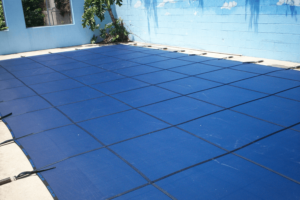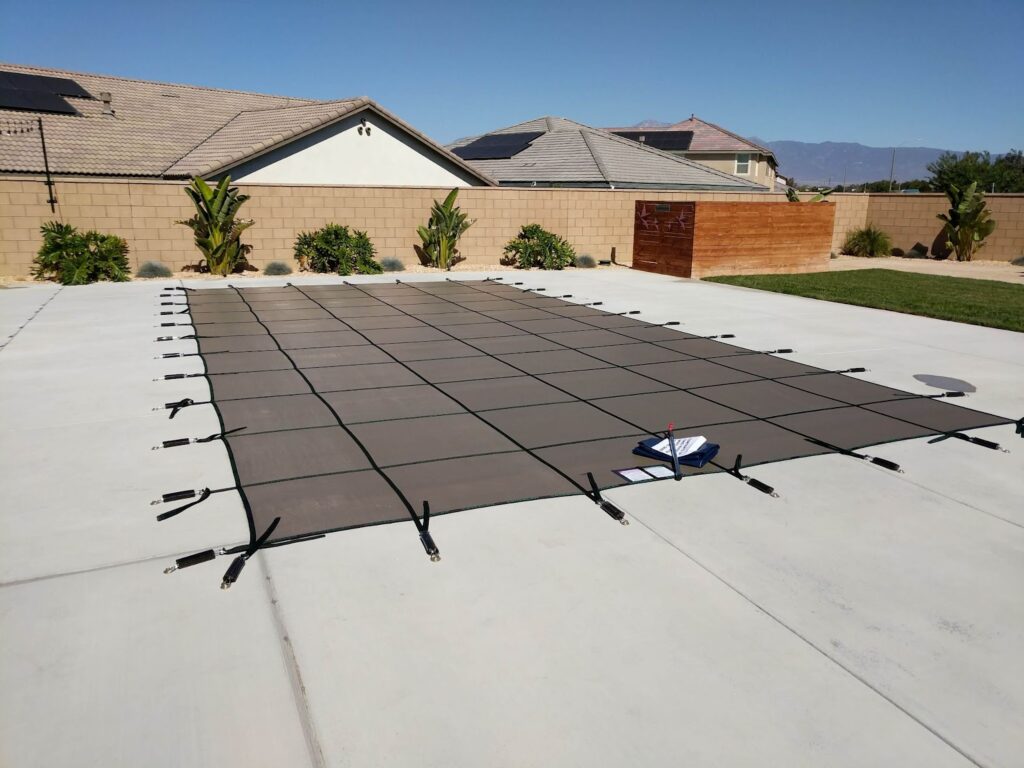
Spring Cleaning: How to Clean and Store Your Pool Cover
Knowing how to clean a pool cover helps you extend its life and find any signs of damage before they put your loved ones at risk. Learn our best practices for cleaning and pool cover storage so your cover is ready to go next winter.





